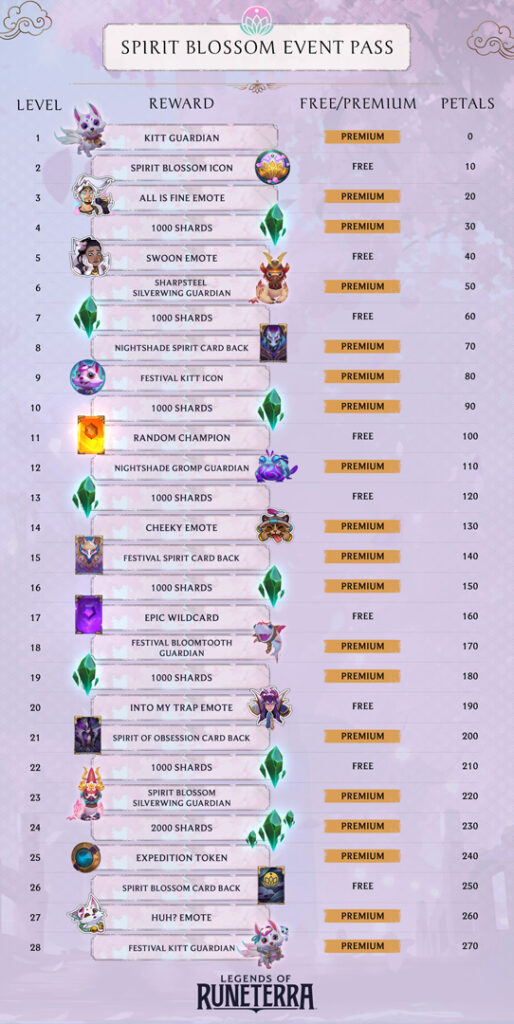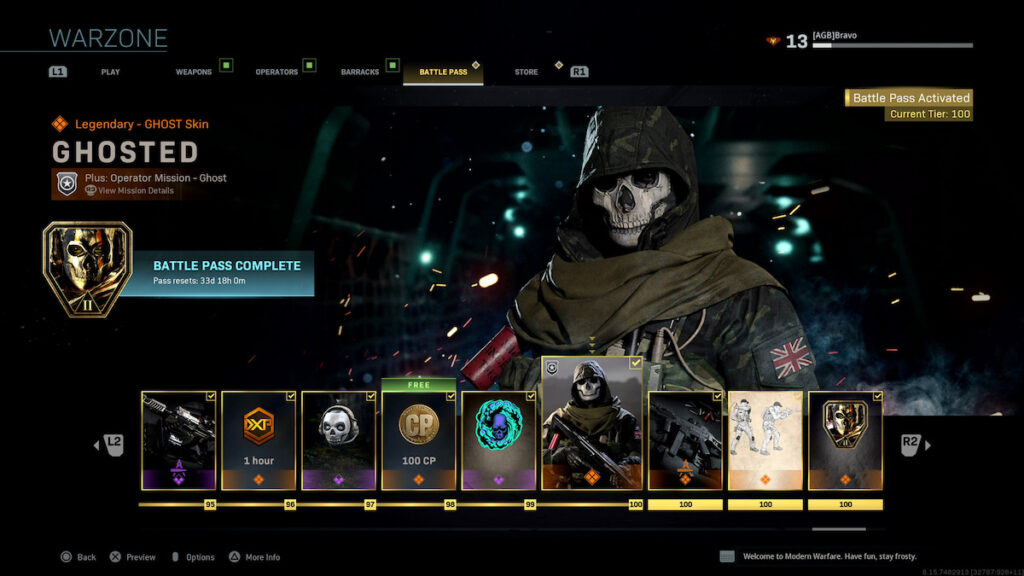· 6 min read
Designing battle passes in mobile games: the whats, whys, and hows
Jupiter Hadley
Content Creator at GameAnalytics
Battle passes have been around for a while now, but only recently so in mobile games. With the rise of battle royale games like Fortnite and PUBG, this new strategy is now proving to be a reliable source of revenue for mobile game developers alike.
So, what makes a good battle pass? And should you add this to your monetization strategy? To answer this, I look at the best of the best, and see how top developers use this tactic in their games.
But first, what are battle passes?
Let’s first talk about what battle passes are. To put it simply, players purchase a plan, and usually get extra rewards, items, skins, and more (which aren’t normally available in the free version of the game, or even on the item store).
These passes usually last a limited amount of time and aren’t too expensive, so that players can get a bunch of new rewards. These have been implemented in a bunch of different ways throughout games, so I’m going to highlight the best aspects of each one.
At a glance, here’s a few examples of what you can put in your battle pass:
- Items
- Skins
- In-game currency (like coins)
- Experience boosts
- Treasure chests
- New characters
- New levels or missions
- And more
Clash of Clans’ Gold Pass
Exclusive content and showing rewards to people without the pass makes for a very tempting battle pass.
When Clash of Clans added battle passes to their game, they saw an increase in both player retention and revenue. Their battle pass is known as a ‘Gold Pass’ which lasts one month in total per $4.99 purchase. Once purchased, players can take on new challenges within their normal Rewards List, and gain different loot items (the biggest being Hero Skins that are exclusive to that month).
Their pass also affects gameplay
The Gold Pass also changes a bit of how the game works for players. Buildings, upgrades, and heroes require fewer resources and time to complete upgrades. Heroes themselves take less time to heal, and the Season Bank’s limitations change. (Season Bank is a pile of rewards that are given at the end of a season, and can really give a huge bonus to players who complete a lot of rewards). This massive list of changes, including buildings becoming cheaper to create and heroes healing faster, is a big draw to players who are already playing the game.
So lesson one: make it clear what they can get
Within the game, players are able to see the Gold Pass rewards by checking their Reward List and seeing which items are framed in gold. Which means all players can see these tempting new rewards, but need to splash out on some $$$ to get them. Letting players see potential rewards is a great concept, as these will tempt them into purchasing the pass.
So if you don’t have something valuable in your battle pass, and don’t shout about it, then you could be missing out on revenue.
Legends of Runterra’s Event Passes
Coupling battle passes with in-game events draws attention to the event, while also allowing players to engage at a stronger level, earning better rewards.
All of the events within Legend of Runterra come with their own exclusive items. And to make these battle passes all the more appealing, they’ve made it so these items are exclusive to the event only. This is a great way to add urgency to your offering.
Purchasing an event pass in Legends of Runterra, however, unlocks far more rewards than the default game, giving the event much more meaning for those who purchase event-specific passes.
For a typical event (spending roughly $10 amount and lasting basically a month), players can unlock:

Lesson here: if it’s exclusive, keep it exclusive
If you make it exclusive to that event, then you’ll need to keep your word. Even if players complain. A good tactic though is to make that event an ‘annual’ thing. So if players do miss out on this chance to get their goods, they can always try again next year (and get some new stuff, too).
Call of Duty Mobile’s Battle Passes

Call of Duty Mobile lets players purchase one pass, which can then give them enough premium currency to then unlock the second pass.
When it comes to Call of Duty Mobile, having two passes sounds like a pretty confusing way to do this. They have essentially three reward tiers:
- One for all players (free)
- One for the premium battle pass (~$10)
- Another for the premium battle pass plus (~$26)
These passes add a lot of extra content, weapons, and loot. Which is of course, desirable for the players who are currently enjoying the game.
However, if players do take the dive to purchase the first pass, they can then earn enough in-game currency to actually get the second premium plus pass for free (as long as they put in the playing time and grind a bit). This is a great model, as it appeals to a wide audience. The first being players who don’t want to spend. Second, players who will part way a bit of cash. And the last, to their hardcore players.
The middle pass is a great tactic. They’re essentially rewarding the players who work hard in their game, without annoying players who spend the most $$$.
Last lesson: Understand your players and try out different models
There’s no ‘one size fits all’ approach to battle passes. It really depends on you game and your audience. So, you might need to fiddle around to learn what’s best for you. To start, you should experiment with:
- Different tiers (I would avoid having more than 3 or 4 max)
- Different rewards and incentives
- Timings (how often do you have event battle passes)
- Pricing
Battle passes are an interesting way of monetizing any mobile game, and thankfully there are plenty of examples out there to learn from. It’ll be an ongoing process, but it could just help you build that player loyalty and increase your retention. It’s worth a shot.
Fancy some more reading? Check out some other articles I’ve written: